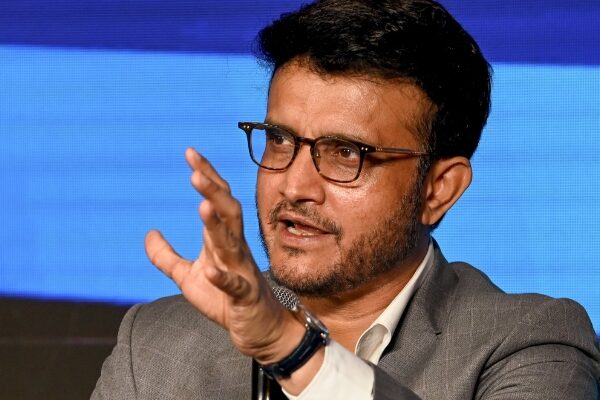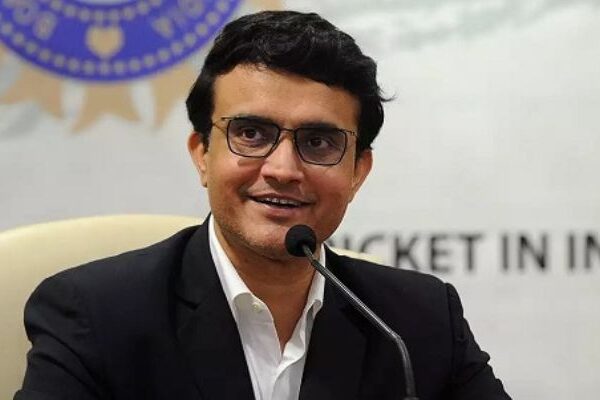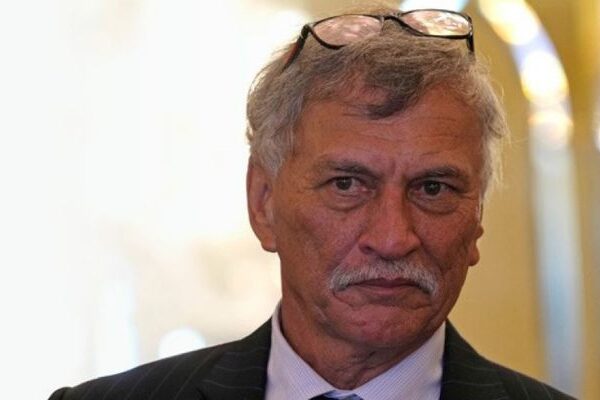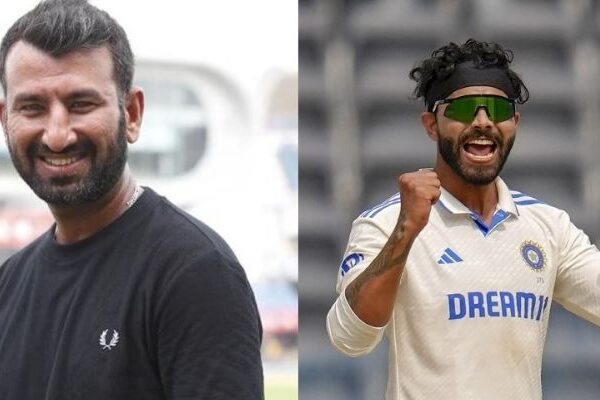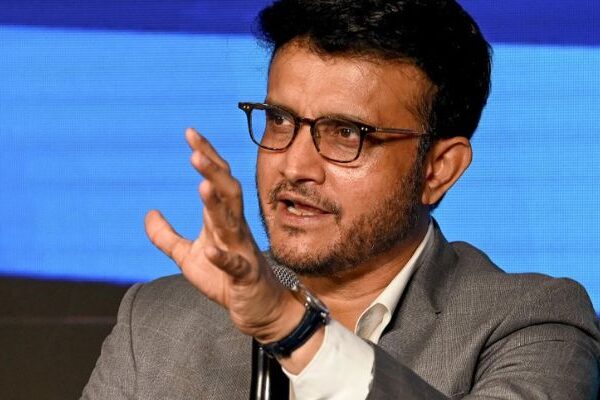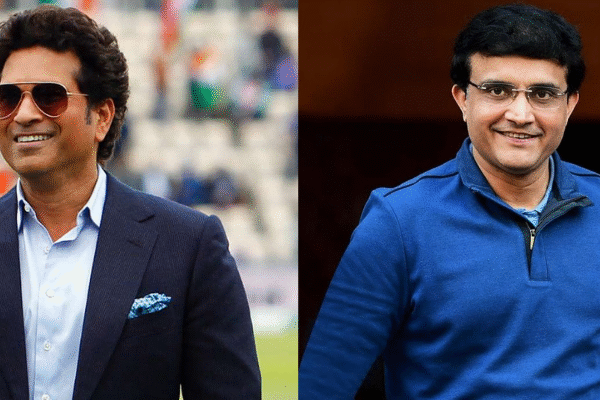Sourav Ganguly: The Prince Who Redefined Indian Cricket
Sourav Chandidas Ganguly was born on July 8, 1972, in Behala, a suburb of Kolkata, West Bengal. Coming from one of the richest families in the city, he enjoyed a privileged upbringing. Cricket wasn’t his first love—football dominated his childhood. But his elder brother, Snehashish Ganguly, a former Bengal cricketer, inspired and mentored Sourav to switch to cricket. Interestingly, although a natural right-hander, Ganguly learned to bat left-handed to share his brother’s gear.
He studied at St. Xavier’s Collegiate School and later graduated from St. Xavier’s College under the University of Calcutta. His flair with the bat became evident in school-level tournaments, and he quickly rose through the domestic ranks.
Domestic Cricket Journey
Ganguly made his debut for Bengal in the Ranji Trophy in 1989 at the age of 17. Though his start wasn’t extraordinary, his performances in the following seasons, especially in the Duleep and Deodhar Trophy, were impossible to ignore. His elegant cover drives and calm temperament began to catch national selectors’ eyes.
International Debut and Breakthrough
-
ODI Debut: January 11, 1992, vs West Indies
-
Test Debut: June 20, 1996, vs England at Lord’s
Ganguly’s ODI debut in 1992 was unimpressive, leading to a four-year exile from the national team. But his Test debut in 1996 at the hallowed Lord’s ground turned his career around. He scored a magnificent 131, becoming only the third Indian to score a century on debut at Lord’s. He followed it up with another hundred at Trent Bridge in the next match—announcing himself in grand style.
The Ganguly Era – Captaincy and Leadership (2000–2005)
After the match-fixing scandals of the late 1990s, Indian cricket was at its lowest point. Sourav Ganguly was handed the captaincy in 2000—and it proved to be a defining moment for Indian cricket. His tenure was marked by:
-
A fearless and aggressive leadership style
-
Backing young talents like Yuvraj Singh, Harbhajan Singh, Zaheer Khan, and MS Dhoni
-
Nurturing a team that believed it could win overseas
-
Leading India to the 2003 World Cup final
-
Famous home series win against Australia in 2001
-
Memorable Test series draws in England (2002) and Australia (2003–04)
He changed the team’s mentality—from playing safe to playing to win. The iconic shirt-waving celebration at Lord’s after winning the NatWest Trophy in 2002 remains one of the most defining images of his leadership.
Challenges, Comebacks, and Retirement
In 2005, a very public fallout with coach Greg Chappell led to Ganguly being dropped from the team. Many believed it was the end of his career. But Ganguly, never one to back down, returned in 2006 with strong performances—scoring consistently in both Tests and ODIs.
-
He retired from international cricket in 2008 after a successful home series against Australia.
-
He left the field with his head held high, having built the core of a team that would go on to dominate world cricket under future captains.
Career Statistics
| Format |
Matches |
Runs |
Batting Avg |
100s |
50s |
Wickets |
| Test |
113 |
7212 |
42.17 |
16 |
35 |
32 |
| ODI |
311 |
11363 |
41.02 |
22 |
72 |
100 |
One of the few cricketers to achieve the rare double of 10,000+ runs and 100 wickets in ODIs
IPL Career
Ganguly captained the Kolkata Knight Riders in the initial seasons of the IPL. Though success eluded the team, his presence and leadership drew massive fanfare. He later played for Pune Warriors India before retiring from all forms of cricket.
Post-Retirement: The Administrator and Commentator
After hanging up his boots, Ganguly turned to commentary and remained an influential voice in Indian cricket. In October 2019, he was elected as the 39th President of the Board of Control for Cricket in India (BCCI).
During his presidency:
-
India played its first-ever Day-Night Test
-
He emphasized better infrastructure and financial transparency
-
Domestic players saw improved pay and structure
He served until October 2022, playing a key role in shaping policy and vision for the future of Indian cricket.
Personal Life
Sourav Ganguly married Dona Ganguly, a classical Odissi dancer, in a love marriage that initially faced family opposition. The couple has a daughter named Sana. Despite his success, Ganguly remains grounded and connected to his roots in Kolkata.
Legacy
Sourav Ganguly’s legacy goes far beyond his runs or wins. He instilled a winning culture, taught India to fight back, and laid the groundwork for a golden era. For a generation of fans, he wasn’t just a captain—he was a movement. He was the reason many began believing that Indian cricket could be fearless, dominant, and proud.
Today, he remains a mentor, influencer, and one of the most respected figures in Indian sports.
